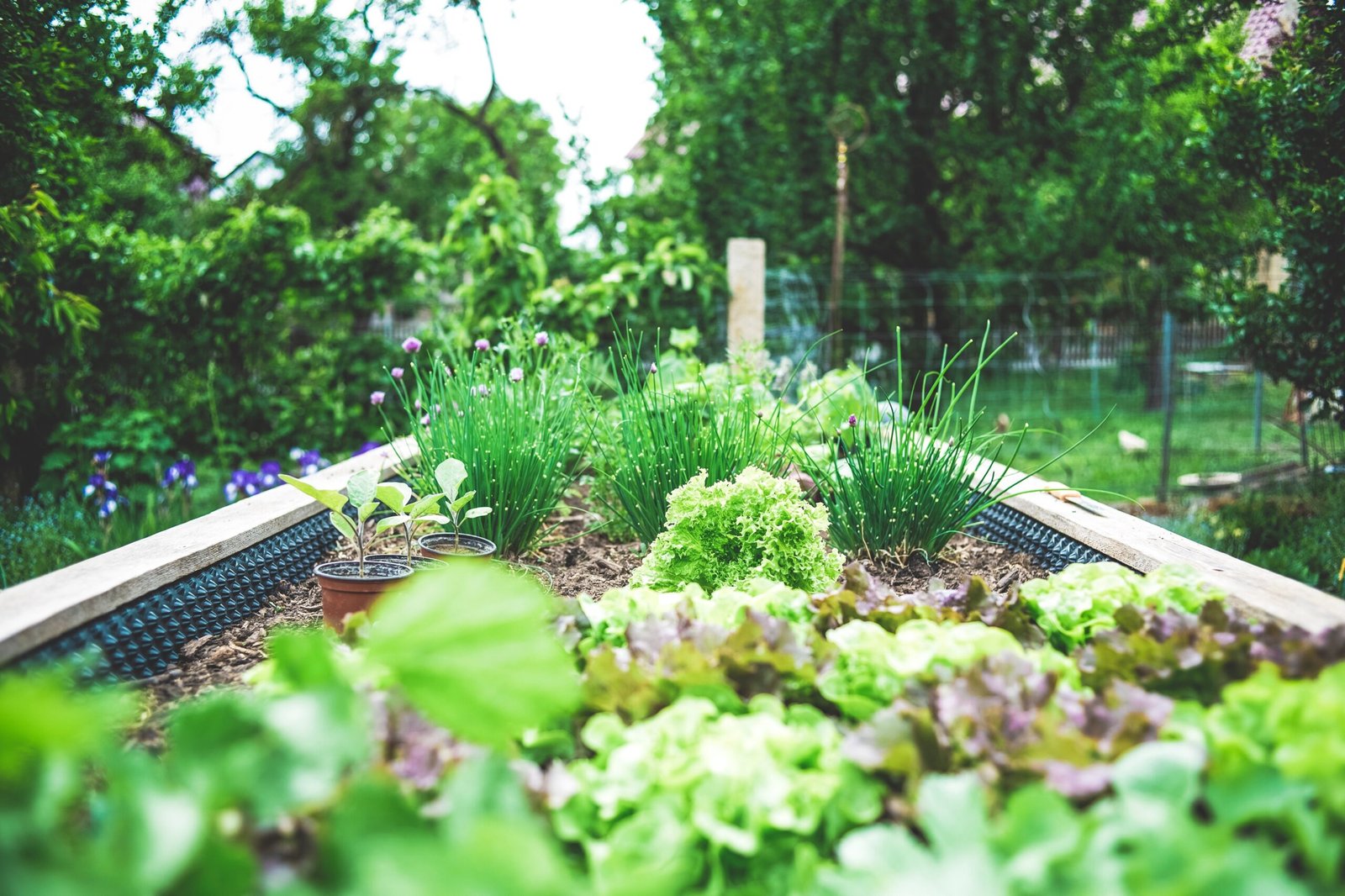Living in a bustling city can often make us feel disconnected from nature. The concrete jungles and towering buildings can sometimes leave us longing for a touch of greenery and the soothing presence of plants. This is where urban gardening comes in, offering a way to bring nature back into our city lives.
The Benefits of Urban Gardening
Urban gardening is more than just a trend; it is a way to create a greener and more sustainable urban environment. Here are some of the key benefits of urban gardening:
- Improved Air Quality: Plants help to filter and purify the air by absorbing pollutants and releasing oxygen. By having more plants in the city, we can significantly improve the air quality and reduce the impact of pollution.
- Enhanced Mental Well-being: Spending time in nature has been proven to reduce stress and improve mental well-being. Urban gardening provides an opportunity to connect with nature, even in the midst of a busy city, and enjoy the therapeutic benefits it offers.
- Community Building: Urban gardening can bring communities together. It provides a space for people to collaborate, share knowledge, and work towards a common goal. Gardening activities such as planting, watering, and harvesting can foster a sense of belonging and create a stronger sense of community.
- Access to Fresh and Healthy Food: Urban gardening allows city dwellers to grow their own fruits, vegetables, and herbs. This not only provides access to fresh and nutritious food but also promotes a healthier lifestyle.
- Environmental Sustainability: By growing our own food locally, we reduce the need for long-distance transportation and minimize the carbon footprint associated with food production. Urban gardening contributes to a more sustainable and eco-friendly way of living.
Getting Started with Urban Gardening
Now that we understand the benefits of urban gardening, let’s explore how you can get started:
1. Assess Your Space
Take a look at the available space you have, whether it’s a balcony, rooftop, or a small backyard. Determine how much sunlight the area receives and consider the climate in your region. This will help you choose the right plants for your urban garden.
2. Start Small
If you’re new to gardening, it’s best to start small. Begin with a few easy-to-grow plants like herbs or salad greens. This will allow you to gain confidence and experience before expanding your urban garden.
3. Choose the Right Containers
Since urban gardening often involves limited space, containers are a great option. Choose containers that are appropriate for the size and type of plants you wish to grow. Ensure they have proper drainage to prevent waterlogging.
4. Select the Right Plants
Consider the amount of sunlight your space receives and choose plants accordingly. Some plants thrive in full sun, while others prefer partial shade. Research the specific needs of the plants you want to grow and select varieties that are suitable for your urban garden.
5. Provide Adequate Care
Regular watering, fertilizing, and pruning are essential for the health and growth of your urban garden. Be mindful of the specific needs of each plant and create a care routine that works for you.
6. Get Involved in the Community
Join local gardening groups or community gardens to connect with like-minded individuals. Participating in workshops and events will not only expand your knowledge but also provide an opportunity to share your experiences and learn from others.
Conclusion
Urban gardening offers a way to bring nature into our city lives and enjoy the numerous benefits it provides. By creating green spaces in our urban environments, we can improve air quality, enhance mental well-being, build communities, and promote environmental sustainability. Whether you have a small balcony or a rooftop, you can start your own urban garden and contribute to a greener and more vibrant city.










